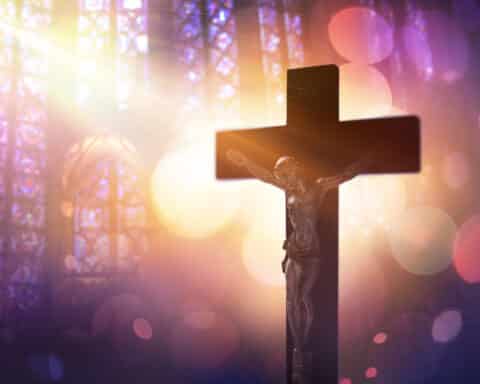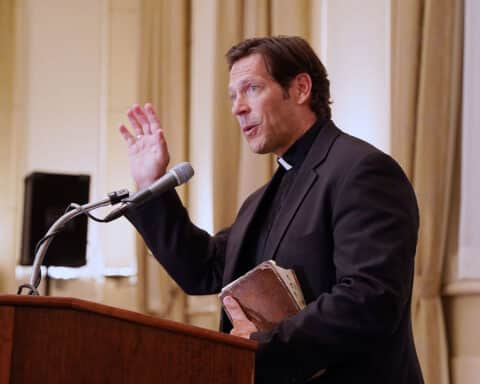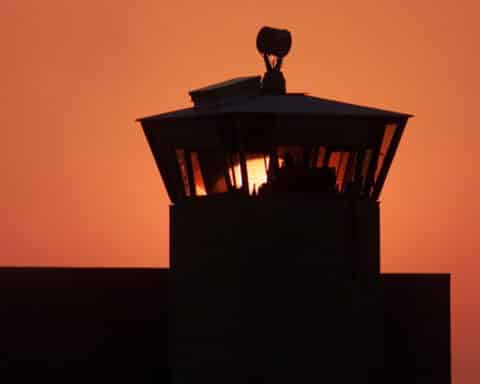“I declare it to be a sure norm for teaching the Faith and thus a valid and legitimate instrument for ecclesial communion.”
With those words, Pope St. John Paul II presented the Catechism of the Catholic Church to the faithful and the world nearly 30 years ago. Observances of various kinds next October will no doubt mark the anniversary. For, three decades later, the Catechism remains a gift of lasting importance in the life of the Church.
The Catechism of the Catholic Church is the first compendium or catechism of Catholic Doctrine in more than 600 years. And like its predecessor, the famous Roman Catechism — otherwise known as the Catechism of the Council of Trent — the CCC, as it is familiarly called, is linked to an ecumenical council.
In early 1985, Pope John Paul convened a special session of the Synod of Bishops to assess the implementation of the Second Vatican Council 20 years after its close. Among the synod’s suggestions to the pope was the preparation of a new universal catechism reflecting Vatican II and setting out “all Catholic doctrine regarding both faith and morals.”
Pope John Paul readily agreed, and in 1986 he established a commission of 12 cardinals and bishops to oversee the drafting. It was chaired by Cardinal Joseph Ratzinger — then prefect of the Congregation for the Doctrine of the Faith and later known to the world as Pope Benedict XVI — and was assisted by an editorial committee of seven diocesan bishops along with theologians and experts of various kinds.
There followed six years of what Pope John Paul described as “intense work done in a spirit of openness and intense zeal.” Nine separate drafts were prepared and circulated for criticism. All of the bishops in the world were consulted, as were theological and catechetical institutes. The finished product, said the pope in Fidei Depositum (“The Deposit of Faith”), an apostolic letter authorizing its publication, “testifies to the Church’s catholicity.”
But — predictably — not everyone was pleased. The Catechism was written in part to help stem the erosion of faith occurring in sectors of the Church after Vatican II, and some of those who had a hand in that erosion opposed any formal, official presentation of doctrine that would stand in their way. At the same time, others welcomed the CCC precisely as a definitive statement of the Church’s belief. The same division persists in Catholicism up to this day.
The Catechism of the Catholic Church consists of 2,865 numbered paragraphs. There is extensive cross-referencing to show readers where in the text the same topic or theme is treated. Scripture is cited repeatedly along with other authoritative sources. “In Brief” segments throughout provide summaries.
After a prologue, the CCC — following the model of the Roman Catechism — has four major sections: The Creed, the Sacred Liturgy, Christian Way of Life, and Christian Prayer. Pope John Paul II explained the rationale for the four-part division as follows:
“The four parts are related to one another: the Christian mystery is the object of faith (first part); it is celebrated and communicated in liturgical actions (second part); it is present to enlighten and sustain the children of God in their actions (third part); it is the basis for our prayers, the privileged expression of which is the Our Father, and it represents the object of our supplication, our praise and our intercession.
“The Liturgy itself is prayer; the confession of faith finds its proper place in the celebration of worship. Grace, the fruit of the sacraments, is the irreplaceable condition for Christian living, just as participation in the Church’s Liturgy requires faith. If faith is not expressed in works, it is dead … and cannot bear fruit unto eternal life” (Fidei Depositum, III).
From the beginning, too, the aim of the CCC’s drafters was to make it thoroughly Christocentric — centered on the words, deeds and person of Christ. Pope John Paul writes:
“In reading the Catechism of the Church we can perceive the wonderful unity of the mystery of God, his saving will, as well as the central place of Jesus Christ. … Christ is always present in his Church, especially in the sacraments; he is the source of our faith, the model of Christian conduct, and the Teacher of our prayer” (Fidei Depositum, III).
Although the Catechism of the Catholic is an official statement of what the Church believes, it is open to updating to reflect authentic developments in Catholic doctrine. What it says about capital punishment is an illustration of that.
Prior to 2018, the Catechism said the Church “does not exclude” use of the death penalty if it is the only way to defend human life against a dangerous criminal, but it added that such cases are “very rare, if not nonexistent.” Then, four years ago, the text was changed at the direction of Pope Francis to say the death penalty is “inadmissible because it is an attack on the inviolability and dignity of the person” (No. 2267).
According to the Vatican, official translations of the Catechism have been published in Arabic, Traditional Chinese, English, French, German, Italian, Latin, Malagasy, Portuguese and Spanish, while translations of a 2005 “Compendium” have appeared in Byelorussian, Hungarian, Indonesian, Lithuanian, Romanian, Russian, Slovenian and Swedish.
As anticipated at the start, the Catechism has had spinoffs, including the Compendium and a catechism for young people called Youcat. The U.S. bishops in 2004 approved a Catholic Catechism for Adults based on the CCC that includes background on the history and personalities of American Catholicism.
In the nearly 30 years since its publication, the Catechism of the Catholic Church has been a point of reference for countless books, articles, classes and discussion groups as well as individual readers. And although the doctrinal confusion and ignorance of three decades ago still exist, almost certainly they would be worse — arguably, much worse — without the benevolent presence of the Catechism. After three decades, its influence has just begun to be felt.
Russell Shaw is a contributing editor for Our Sunday Visitor.
| REAL + TRUE |
|---|
|
The Real + True team has broken down each of the four pillars of the Catechism — creed, sacraments, morality and prayer — into 12 sections, which they call a unit. Each section is being made into three videos and a podcast. Currently, there are five units at Real + True’s website. Edmundo Reyes, one of the co-founders of Real + True, asked: “Can we create beautiful, captivating, relevant content for the next generations? Can we use video and digital content to unlock for them the truth of our faith and by doing so, help them encounter Jesus?” The answer to those questions is a resounding “yes.” Learn more at RealTrue.org. |

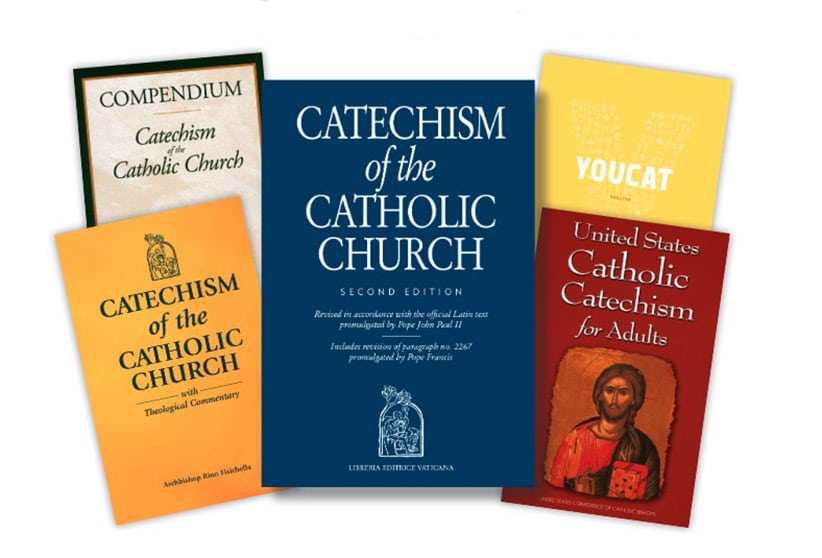
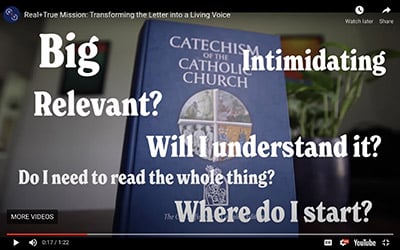 Do you want to dive deeper into the Catechism? Real + True is a newly launched project funded by OSV to draw the attention of young people to an untapped treasure of evangelization: the Catechism of the Catholic Church.
Do you want to dive deeper into the Catechism? Real + True is a newly launched project funded by OSV to draw the attention of young people to an untapped treasure of evangelization: the Catechism of the Catholic Church.